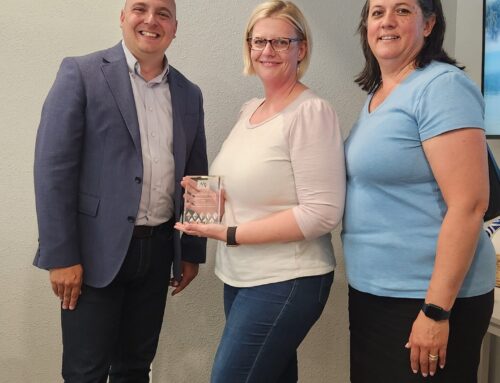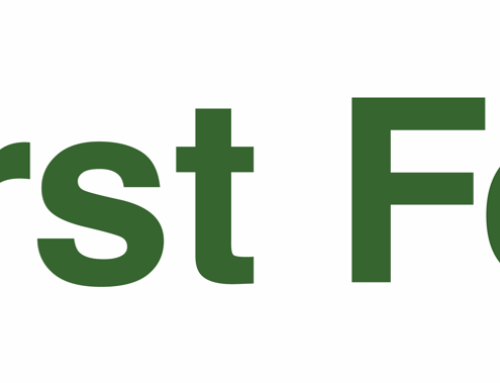Community Healthcare Leaders: Know Where to Go to Access Care & When to Call 9-1-1
As healthcare leaders in our community, we continue to be challenged by the concerning trend of COVID-19 in our region. Oregon and Yamhill County have seen a rapid acceleration of COVID-19 cases in the past few weeks – even reaching an all-time high across our state since the beginning of this public health crisis nearly two years ago.
Unfortunately, the same is true here at home, where your healthcare heroes are feeling the impact of this concerning trend. We are doing everything we can to manage the ongoing needs of our community given the circumstances. Despite these efforts, however, our systems are strained, and our people are tired.
While we continue to work hard to safely care for our community, we urge the public to support its healthcare workers by seeking the appropriate level of care during this time. Knowing how to access these healthcare services can help alleviate delays in care for those experiencing a true medical crisis, as well as assist in conserving resources including medical staff, testing kits, personal protective equipment, and therapeutic treatments.
Below is more information on accessing the broad range of services available to the community. As always, it is important to seek out the right level of care.
PRIMARY CARE Use your primary care provider during normal business hours for non-emergent conditions or symptoms.
Your primary care provider knows your medical history and should be your first line of defense for any illness or disease that isn’t a medical emergency. Think cough and cold, flu, upset stomach, chronic conditions like diabetes or high blood pressure, and more. They should also be your regular resource for preventive care, including annual wellness visits, routine vaccinations, smoking cessation, diet and exercise consultations, and more.
It is safe to visit your primary care provider, but they will ask that you wear a mask during your visit. This helps to protect you, staff members, and other patients. You may also notice that there are fewer people in the office, and that’s ok! Many providers are intentionally spacing patient visits to support social distancing measures.
Your provider may be offering telehealth services during this time in an effort to support social distancing while continuing regular patient care. Providers offering telehealth may do your visit over the phone or through video conferencing. Check your provider’s website or call the office to determine if telehealth is available and appropriate for your needs.
URGENT CARE Use an urgent care or walk-in clinic for moderate/worsening symptoms when prompt primary care is not available or after normal business hours.
Using an urgent care or walk-in clinic is a great option if your primary care provider is not readily available, or if it is after normal business hours and your primary care provider’s office is closed. Urgent care locations and walk-in clinics commonly treat people for cough and cold, flu, ear infections and allergies, skin conditions, minor injuries, and more. Some urgent cares or walk-in clinics have x-ray capabilities onsite as well.
It is safe to visit urgent cares and walk-in clinics, but they will ask that you wear a mask during your visit. This helps to protect you, staff members, and other patients.
Your local urgent care or walk-in clinic may be offering telehealth services during this time in an effort to support social distancing while continuing regular patient care. Providers offering telehealth may do a visit over the phone or through video conferencing. Check the office’s website or call ahead to determine if telehealth is available and appropriate for your needs.
EMERGENCY CARE Use your nearest emergency room for any medical emergency.
The use of emergency medical services should be reserved for medical emergencies. If you are experiencing symptoms of a heart attack or stroke, have shortness of breath, or are experiencing another medical emergency, call 9-1-1 or go to your nearest emergency room.
To help prevent the spread of illness, you will be screened for fever and other symptoms of respiratory illnesses when you arrive. You will also be asked to wear a mask. It is important that you wear your mask until you are instructed to remove it by a staff member or until you are discharged. This helps to protect you, staff members, and other patients.
It is critical that you seek emergency care if you are experiencing a medical emergency. There are procedures in place to protect the health and safety of patients, staff members, and visitors. Standard infection prevention protocols help in preventing the spread of infectious diseases, including COVID-19, year-round. It is safe to come to the hospital, and your life, or the life of a loved one, may depend on prompt emergency treatment.
On behalf of our community’s healthcare heroes, we implore you to take action now. Each of us must do our part to protect ourselves and our community. We need you, just like you need us. By seeking out the appropriate level of care, taking advantage of telehealth visits when appropriate, getting a COVID-19 vaccine, following guidance from the Centers for Disease Control and Prevention (CDC) for wearing a mask, and practicing smart social distancing, you are making communities healthier.
For additional information or media inquiries, please contact the respective organization.
McMinnville Fire Department McMinnvilleOregon.gov/fire | 503.435.5800
McMinnville Immediate Health Care & Occupational Medicine McMinnvilleCare.com | 503.435.1077
McMinnville Internal Medicine McminnvilleInternalMedicine.com | 503.472.9002
Willamette Valley Medical Center WillametteValleyMedical.com | 503.472.6131
Virginia Garcia Memorial Health Center VirginiaGarcia.org | 503.472.1338
West Hills Healthcare Clinic WestHillsHealthcare.com | 503.472.4197
Nova Health NovaHealth.com | 971.900.4522
Physicians’ Medical Center, PC PMCMac.com | 503.472.6161




